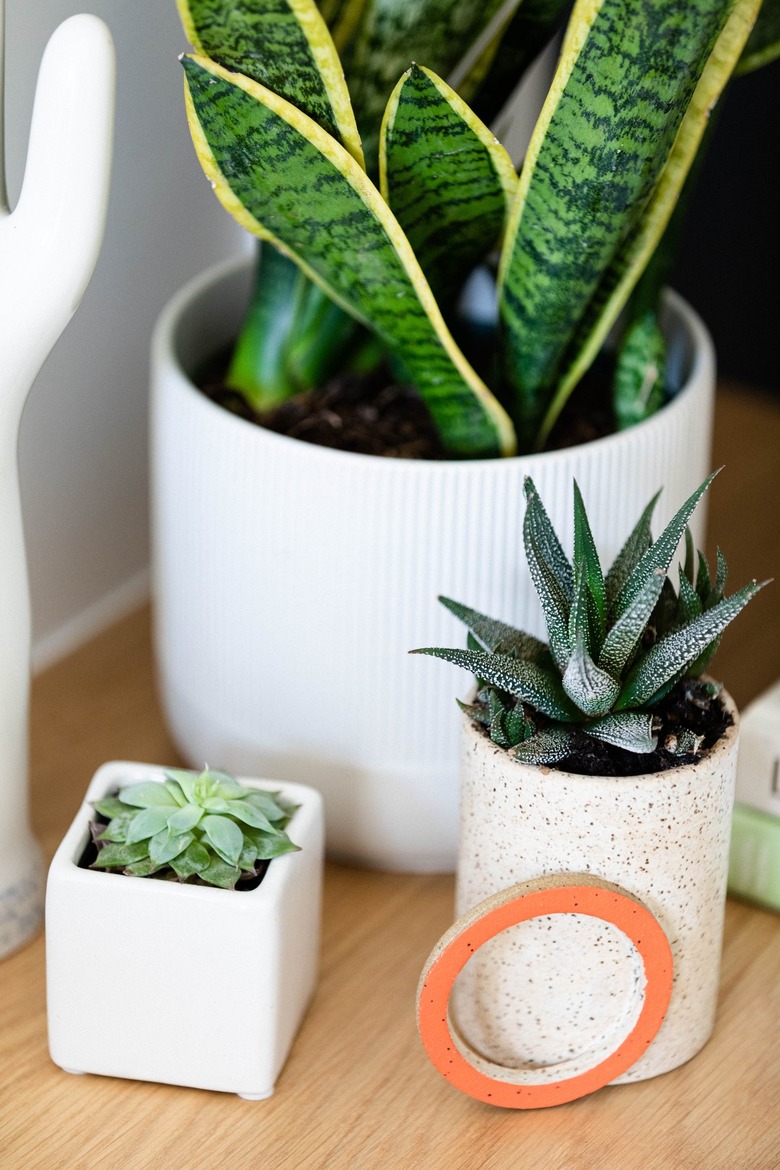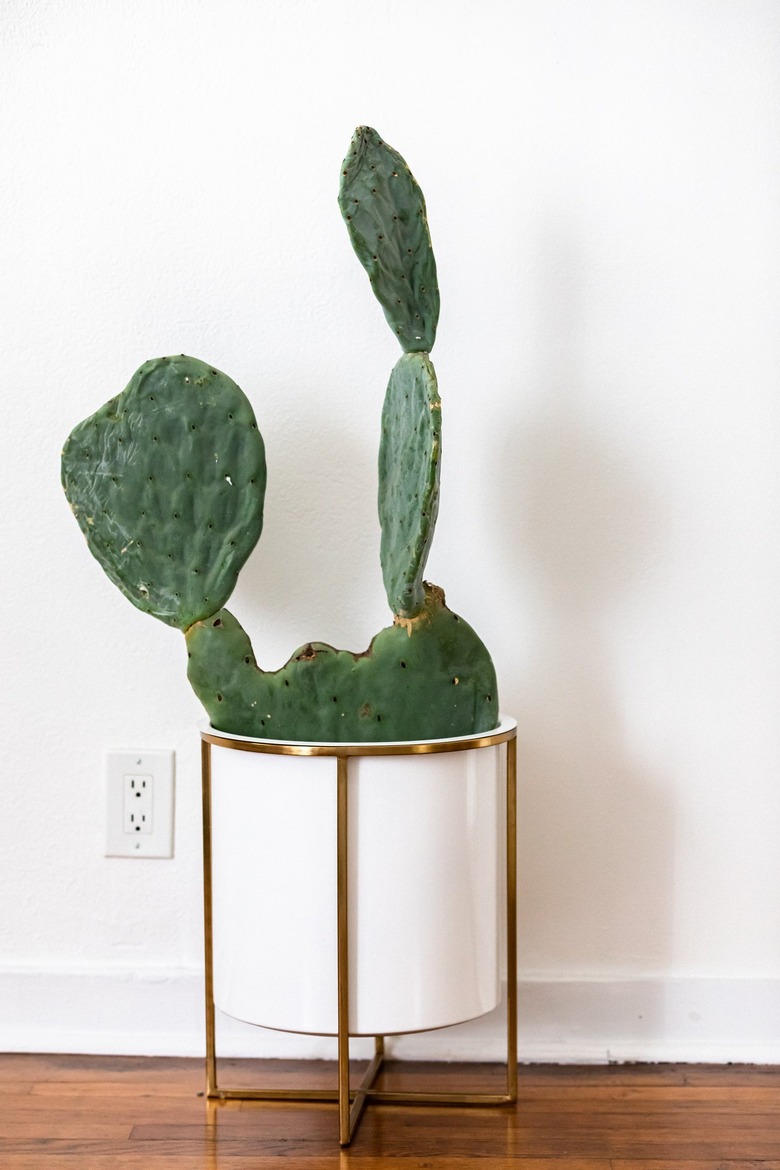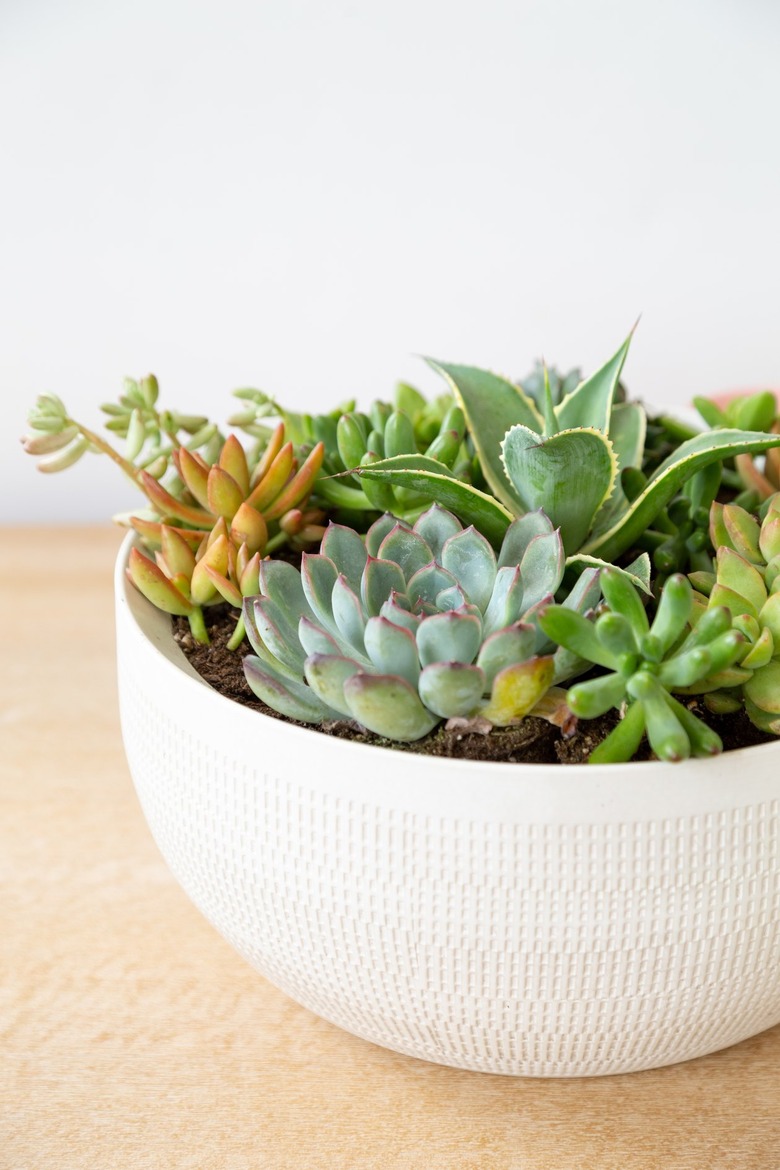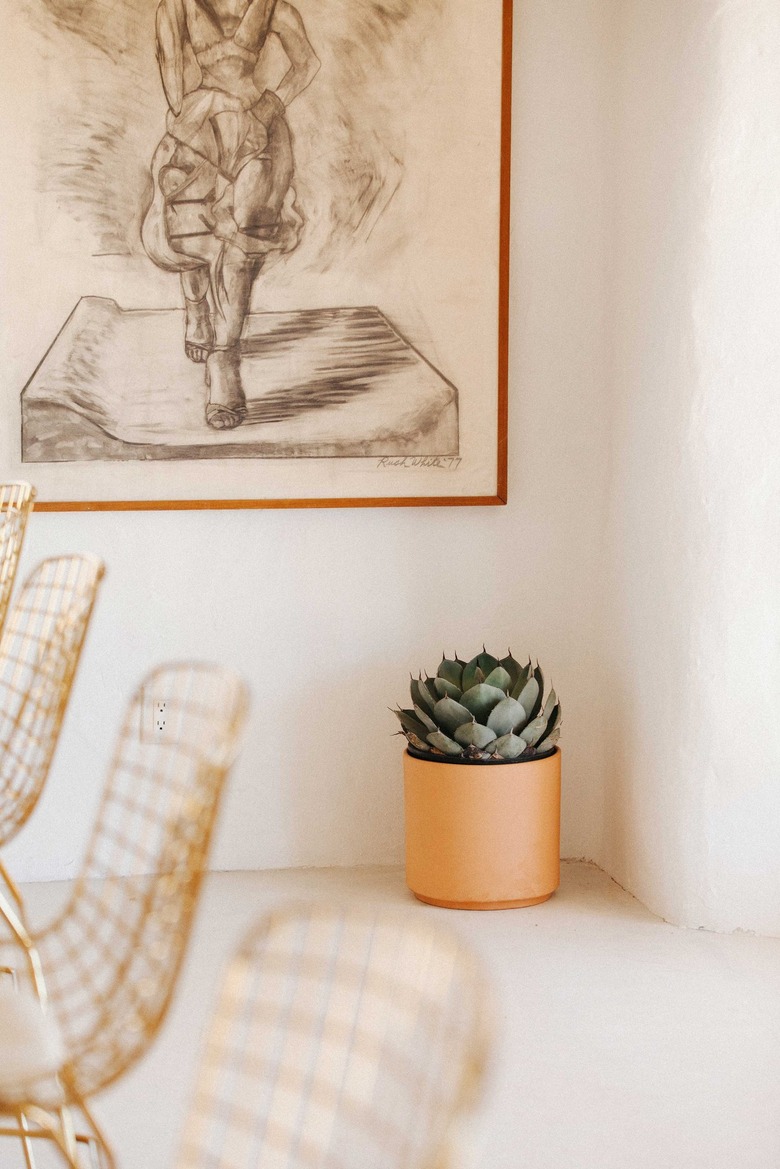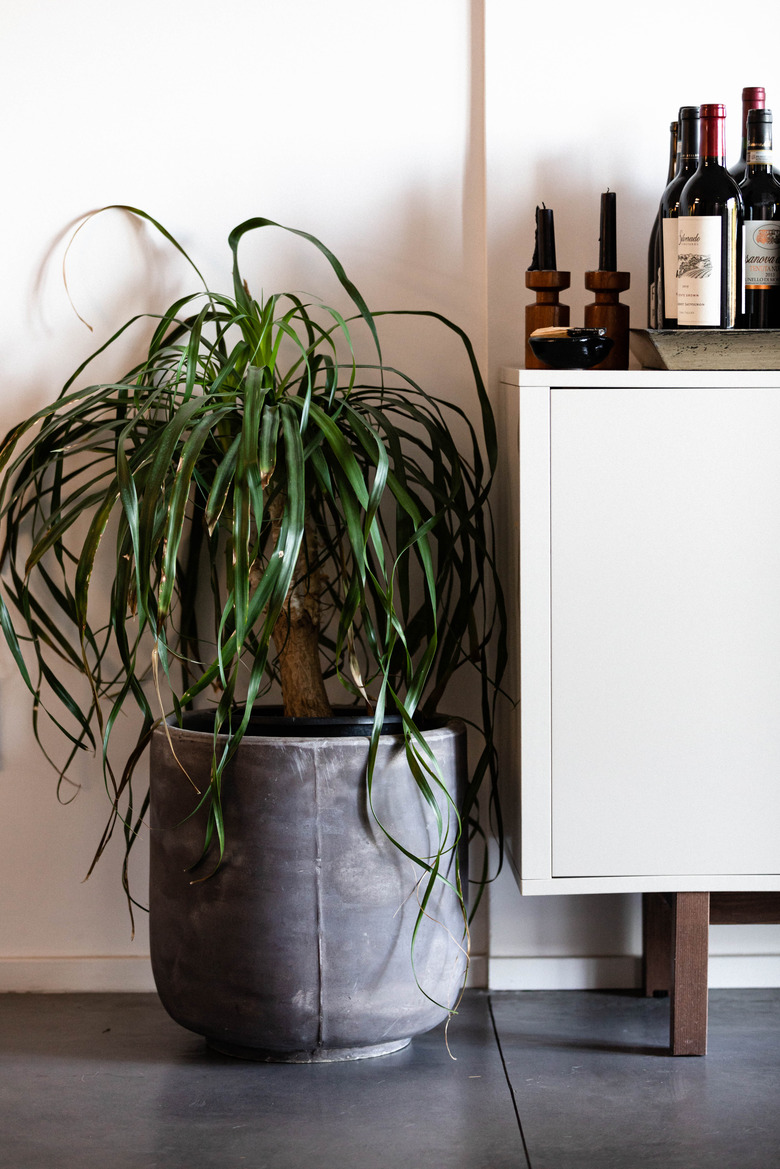Got Houseplants And It's Getting Hot Outside? You Need To Read This
Some gardeners love the hottest days of summer best, while others prefer milder weather. The same is true of houseplants. The key to caring for houseplants when the weather is hot is to understand your plants' needs and preferences. You can help a houseplant through the toastiest summer heatwave by following a few simple guidelines.
Some Like It Hot, Most Don't
Some Like It Hot, Most Don't
A summer heatwave might make you rejoice or despair, depending on how you feel about hot weather. But the vast majority of your houseplants are not going to enjoy extreme heat. Desert plants — like cacti and succulents — are built for high temperatures, storing water in their thick leaves to prepare for it. But leafy foliage plants are simply not capable of surviving on their own.
In fact, if you leave your houseplants to their own devices in a heatwave, you are likely to end up with a collection of dead plants. But don't worry, you can keep them all happy by figuring out plan in advance of a heatwave. The key ingredient in the plan is water. (No surprise, right?)
Water Works Wonders
Water Works Wonders
It's common knowledge that when a heatwave is in the forecast, gardeners need to water their outdoor gardens well to prevent water stress, as the high temperatures suck the H2O right out of the soil. The same goes for houseplants, and a lot of the same rules apply.
When hot weather is expected, your houseplants are very likely going to need water. Houseplants can go through their weight in water on a hot day as they transpire thorough their leaves. But don't douse them. First, check to make sure each one is in a pot with adequate drainage holes and, if it's not, transplant it. Almost all plants will die if they have to sit in water for any length of time, since the roots will start to rot. This goes for plants sitting on saucers too, so you'll want to remove the plants from the saucers and/or any decorative pots without drain holes when you water.
Morning or evening are the best times to irrigate your houseplants, never in the middle of a scorching day. When you do add water, keep pouring into the pot until water leaks from the drain holes. Allow the pot to drain for a few minutes outside or in the sink before replacing it on a saucer. Also make it a point to water the soil rather than the leaves, since you don't want the foliage to cook.
Location, Location, Location
Location, Location, Location
Yes, this is the mantra of real estate valuation, but it's also a critical factor in helping plants survive summer heat. Some of the rooms of your home are bound to be warmer than others, generally those with windows facing west or south. Move all houseplants from these rooms into cooler locations.
Don't put them by a fan though. It might seem like a fan would help since it cools you down, but it tends to dry out plants just when moisture is most important. If you have a backyard with trees or shrubs, consider taking your houseplants outside and placing them in a spot where they will get deep shade all afternoon long.
Heat-Loving Houseplants
Heat-Loving Houseplants
If you live in a region that has scorching summers, you'll want to take this into account as you populate your place with houseplants. Your best bets are plants that naturally grow in the desert, like succulents, cacti, and yucca. Here are our picks on ones to add:
Jade Plants (Crassula ovata)
There is no such thing as too much sun for jade plants, natives of South Africa, and they don't need constant water either. In fact, their puffy leaves have small pores that open at night to absorb carbon dioxide, then close during the day to stop water evaporation. They do well even in temperatures of 95 degrees before they need additional watering.
Aloe (Aloe vera)
Cute as a button but tough as nails, aloe vera can survive all manner of growing conditions and neglect. Keep it's pretty, puffy succulent leaves out of direct sun, but aloe will be just fine in indirect sun as temperatures rise. It's a water-and-forget kind of plant and ideal for sunny weather, since the gel inside those upright leaves is known to sooth a sunburn.
Ponytail Palm (Beaucarnea recurvata)
Ponytail palm trees are unique and delightful houseplants, native to tropical Mexico. These whimsical, easy-care plants have a stem with a huge base, tapering off to a thinner stem from which long, green leaves develop. The drooping leaves can grow to 36 inches indoors. It is called a palm and looks like one, but it is actually more closely related to desert plants, like Joshua trees. Ponytail palms can take the heat perfectly well, but may die if you overwater. That makes them ideal for people who travel.
